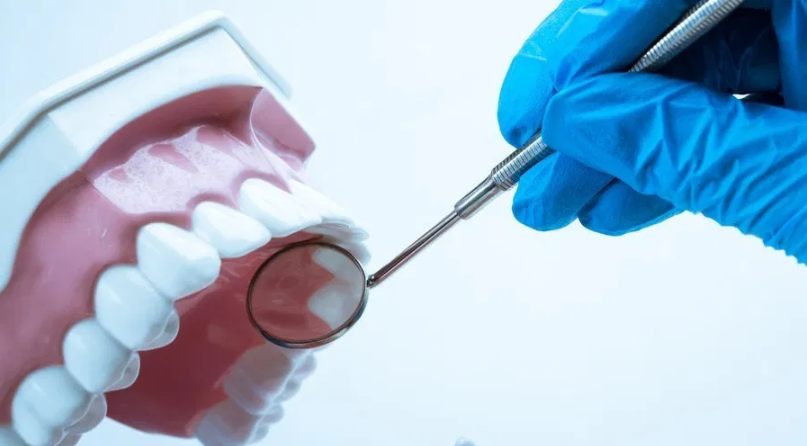The prosthesis is that procedure by which the lack of an organ or part of it is artificially repaired, so that the function is improved. In dentistry, the dental prosthesis is a customized medical device (that is, it is manufactured specifically for the patient) that allows the replacement of missing teeth and atrophied parts of the gums. Although they are made-to-measure sanitary products, from molds or models obtained by the dentist, they require a clinical adaptation, in the patient’s own mouth, which is performed by the dentist.
There are two main types of dentures: the fixed and removable dentures.
The fixed prosthesis is a branch of the dental prosthesis that concerns the replacement and / or restoration of teeth by artificial substitutes that cannot be removed or removed from the mouth. The fixed prosthesis can be cemented, or securely retained in natural teeth, dental roots and / or pillars of dental implants.
This type of prosthesis is composed of:
- Abutment teeth. They are the ones that support or support the prosthesis. They are usually a natural tooth or an implant.
- It is the part of the fixed prosthesis that rests on the abutment teeth.
- They are the artificial teeth that occupy the toothless spaces held by the retainers.
- They are the points of union of the retainers with the pontic.
The loss of a tooth or any coronary incidence can happen at any age and will worsen the aesthetics of the patient; therefore, after a diagnosis, a fixed prosthesis is made with a good design and the best materials, adapting them to the patient’s aesthetics.
TYPES OF FIXED DENTURES
Fixed dentures can be full dental or partial coated. The full coating prostheses are also called crowns. The dental crowns can be cemented or screwed to the tooth or the implant. Within these we find prostheses of:
- A single tooth, dental crowns. These can be of various materials, including: metal crown, ceramic crown and metal-ceramic crown
- Multi-tooth, dental bridge.
Those of partial coating are performed when the coating of the tooth is partial. Normally these are prostheses cemented in the tooth itself. In this typology we highlight:
- Intracoronary or inlay
- Extracoronarias or onlay. Within these are dental veneers and Maryland.
- Intraradicular They are placed inside the dental root. The cast metal stud-stump or the ceramic stump bolt is highlighted.
INDICATIONS OF THE FIXED PROSTHESIS
The fixed prosthesis is typical of adults. In young patients, with little erupted teeth, this type of prosthesis is not prudent, since a severe carving could damage the pulp. Fixed prostheses are usually indicated in:
- Anterior tooth reconstructions. The aesthetics may be affected with changes in color and shape. In this way, with the placement of cosmetic prostheses, the patient’s smile changes.
- Prosthetic contact point replacement
- Partial absence of teeth, with the pillars strong enough to support the missing teeth.
- After a root canal, where the dental structure has been affected.
- It is very important to perform good oral hygiene. The cleaning and preservation of the abutment teeth is linked to meticulous hygiene.
